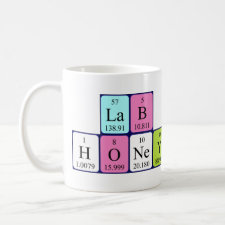
Authors: Yang H, Fan JX, Tian HJ, Wang XY, Fu W, Alam E
Article Title: Synthesis of imprinted amino-functionalized mesoporous silica and their selective adsorption performance of Pb2+, Cu2+, and Zn2+.
Publication date: 2019
Journal: Journal of Sol-Gel Science and Technology
Volume: 90
Issue: (3)
Page numbers: 465-477.
DOI: 10.1007/s10971-019-04985-6
Abstract: The synthesis of imprinted amino-functionalized mesoporous silica (IAFMS) are using lead, copper, and zinc ions as imprinting species, anhydrous ethanol as a solvent, PEG-2000 as a template agent, tetramethylammonium hydroxide (TMAOH) as an auxiliary template agent, and tetraethoxysilane (TEOS) as a source of silica. The amino group was provided via the most common agent (3-aminopropyl)triethoxysilane (APTES). Based on the uniform design and response surface analysis, the optimum molar ratios of synthetic species such as APTES:heavy metal ions:TMAOH:PEG-2000:TEOS:anhydrous ethanol were determined as 0.270:0.065:0.25:0.073:1:50. Subsequently, Pb-IAFMS, Cu-IAFMS, and Zn-IAFMS were prepared with the same ratios as the above. Then, isothermal adsorption and selective adsorption of Pb(II), Cu(II), and Zn(II) were carried out. The results showed that the adsorption of heavy metal ions was mainly a chemical adsorption, the adsorbent surface was not a completely uniform adsorption, and a higher temperature was beneficial to the adsorption of heavy metal ions. Compared with qm values in the Langmuir model, the adsorption capacities of target ions onto imprinted materials can be 32.6-71.2% higher than those on the non-imprinted material. Values of relatively selective coefficients of IAFMS ranged from 4.35 to 18.45, which reveals the remarkable affinities of imprinted samples to the corresponding ions
Template and target information: lead ion, Pb(II), copper ion, Cu(II), zinc ion, Zn(II)
Author keywords: mesoporous adsorbent, Imprinted, Heavy metal removal, selective adsorption



Join the Society for Molecular Imprinting

New items RSS feed
Sign-up for e-mail updates:
Choose between receiving an occasional newsletter or more frequent e-mail alerts.
Click here to go to the sign-up page.
Is your name elemental or peptidic? Enter your name and find out by clicking either of the buttons below!
Other products you may like:
 MIPdatabase
MIPdatabase









